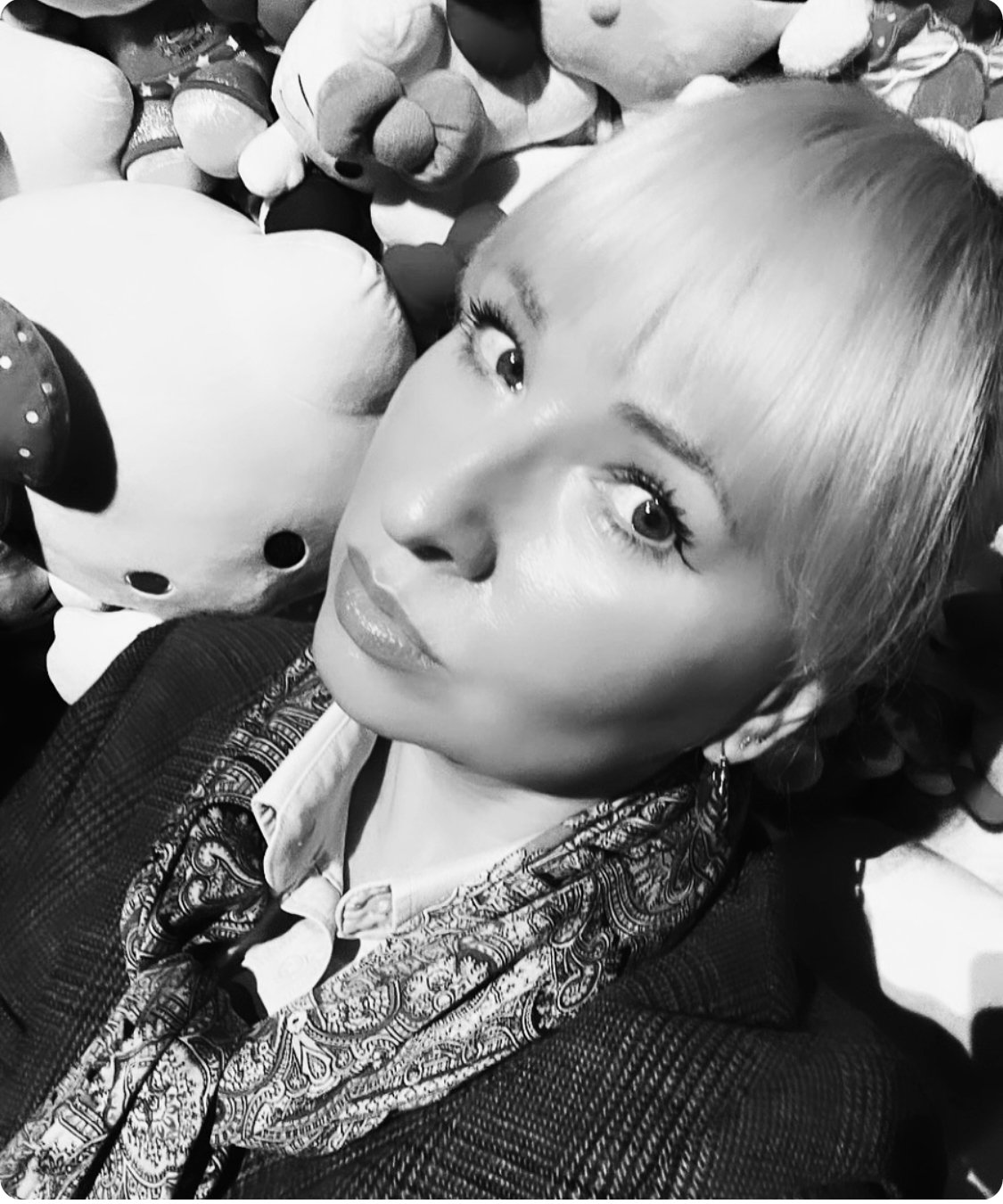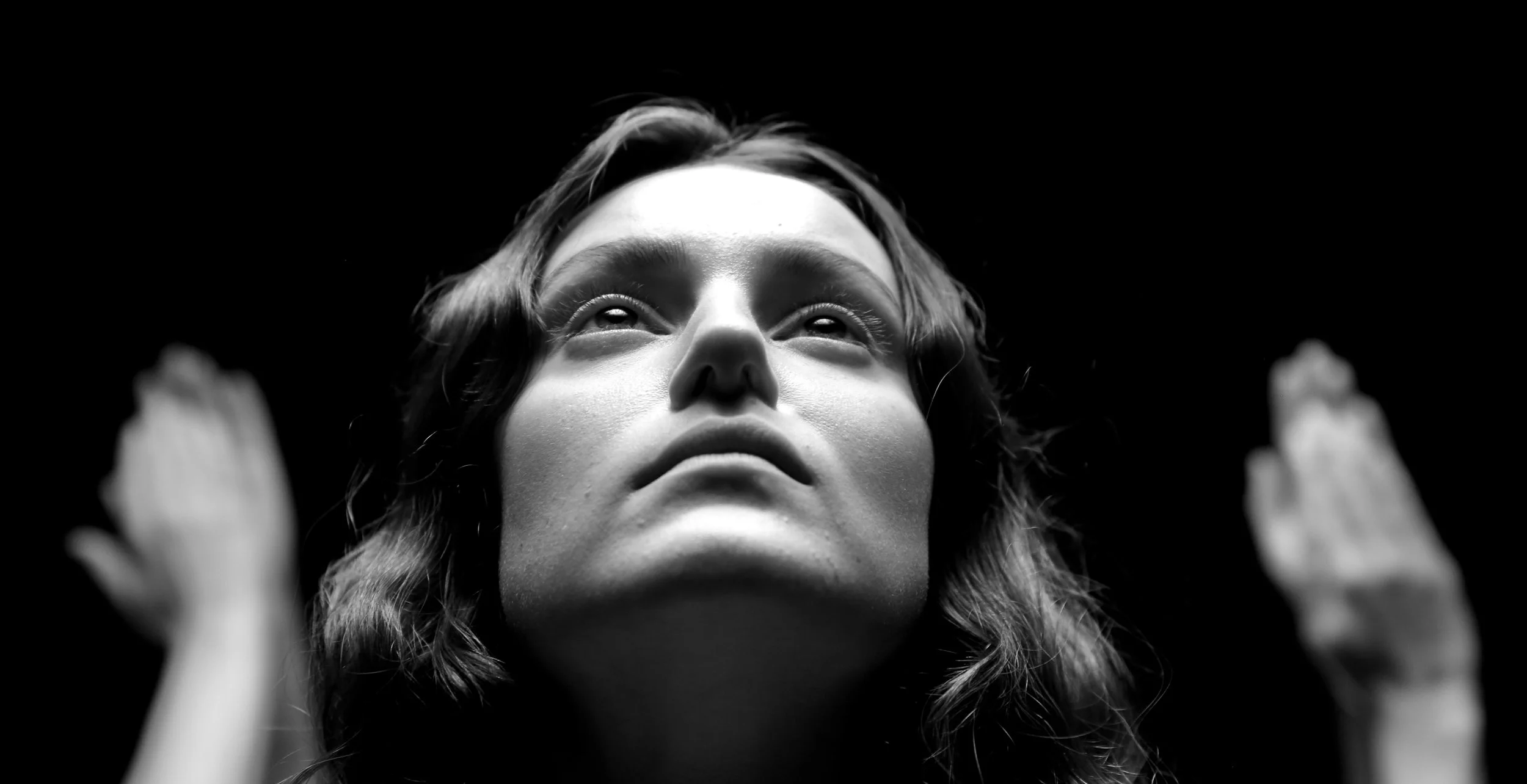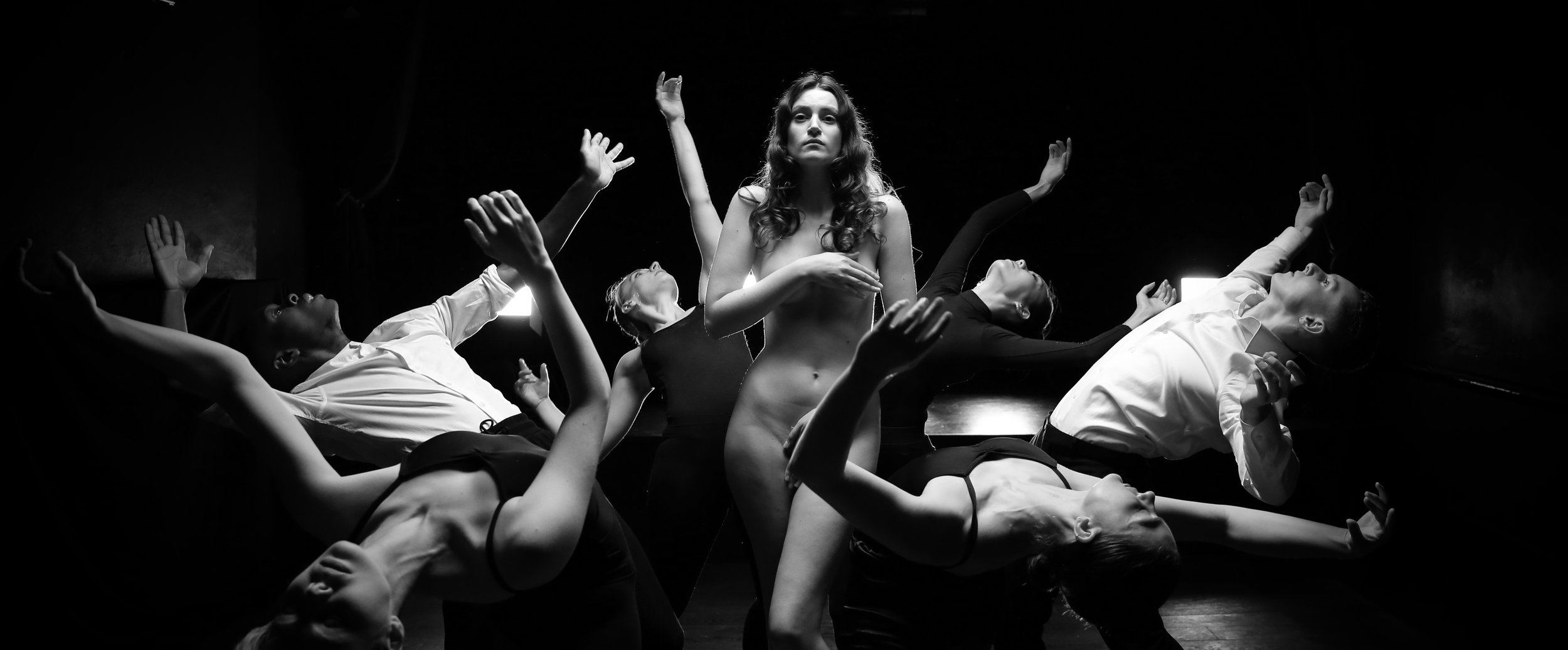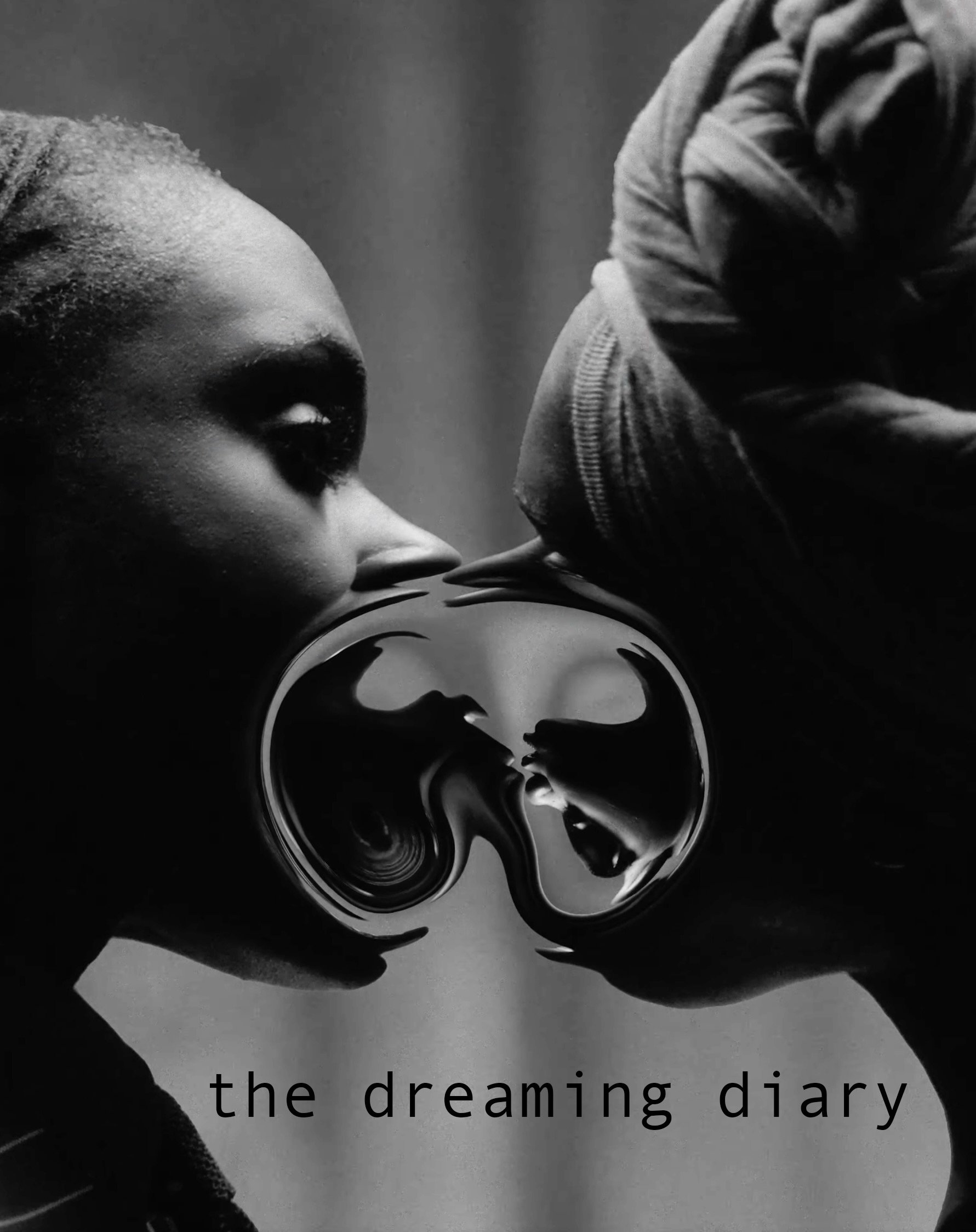Meet Ulla Fudge
Meet Ulla Fudge, a film director and artist whose work is a reflection of her Polish origins and German upbringing, creatively thriving between London and Paris. Her films, recognized at film festivals worldwide, embody a blend of her diverse cultural experiences, enhanced by her fluency in four languages. Her command of multiple languages enriches her storytelling, making her narratives universally engaging and reflected in her celebrated collection of feature and short films.
Ulla is currently focused on her two upcoming feature films, "Warm" and "Ultra Pure." These projects showcase her commitment to exploring nuanced themes through sophisticated storytelling. Collaborating with respected industry figures like Yorgos Mavropsaridis and Kim Allan Kluge, she aims to deliver films that promise depth and cinematic excellence. Her art project "The Dreaming Diary" is also set for international exhibition, demonstrating her versatile and innovative storytelling approach.
Can you trace the influences that initially guided you towards filmmaking and the arts?
U.F: My influences can be traced to my childhood and the love of storytelling. I was a very early reader. My books were my escape from reality, and I cherished them like treasures. That later shifted towards films, the love of cinema, and moving images. I always watched films that were directed towards more mature audiences. One of my biggest influences was the film “Frantic“ from Polanski that I watched when I was 12 while my grandmother was asleep. It started my journey of passion for cinema. I discovered quite late my love for practical filmmaking, always thinking that my field of expertise is scriptwriting. However, one day there was a competition at the Barbican Polish Film Festival in London to make a film based on Polanski’s work. My short film managed to be in the top 5 best films. It was a very basic story of a boy hiding in a wardrobe, with subtitles instead of dialogues. But I tried to be inventive, something that sticks with me until nowadays. I always try to look for other forms of expression, without sticking to the obvious.
How do your cultural background and cinematic preferences merge to inform your storytelling approach?
U.F: My taste for cinema did not really change much but evolved with time. I am a very big fan of European Cinema and always was. In Poland, Germany, or France, the presence of European films is quite obvious, unlike the UK that is mostly saturated with US productions. I grew up with Kieslowski, Zulawski, Fellini, Almodovar, and Varda. I very much cherish their refined visual aesthetics. I am also a big fan of Wong Kar Wai. These directors shaped my sensitivity in terms of visual beauty and the emotional depth of their characters and stories. I think my films and artistic projects also revolve around the beauty of the world and people, captured in nostalgic but also human ways.
What principles guide you in translating conceptual ideas into the visual language of your films?
U.F: My way of creating films and artistic projects vary depending on their nature. When it comes to feature film productions, I approach it in a very logical, structured, almost rigid way. Making a film and translating it from script to filmed images requires large budgets and an army of people. I am mostly producing and co-producing my projects. The idea for the future is to rely more on solid producers and focus more on the creative side, which at times can prove quite challenging but unavoidable. My art projects, however, are something I very much cherish, almost with a childlike enthusiasm as I can be more open and free. It seems with films I need to think more, while with art I can feel more, although both are equally dear and rewarding to me.
Could you discuss the impact of European cinema on your approach to film direction and visual storytelling?
U.F: As I mentioned previously, European cinema shaped my understanding and perception of what film entails; however, it also helped me in film direction. I think making films in Europe, due to lower budgets than Hollywood, gives the director a slightly less controlled and pressured environment where directors' beliefs and creativity can have a larger impact on the narrative. I also learned to trust my own instincts even if at times it may not necessarily blend with what is trendy or what overall audiences would expect. It is very important to trust your own ideas, even if they may not be fully understood or followed by the masses. I watched an old interview with Kieslowski where he was asked why his films do not fill the cinema seats, yet his films nowadays belong to masterpieces of European cinema.
With 'Ultra Pure' and 'Warm' underway, what themes or questions are you exploring through these projects? How do they reflect or diverge from your previous work?
U.F: I have the urge to continuously create, which leads to improving my craft and finding what works for me. There is always something new to learn. Both films are very different regarding topicality. “Ultra Pure” is a black comedy exploring the idea of race and gender in almost a dystopian reality, whereas “Warm” split action takes us to contemporary but also Victorian times, dealing with the question of reincarnation. I try to choose interesting locations; in the case of “Ultra Pure,” it is a striking tower block, whereas in “Warm,” it is Garnier Opera House in Paris. Although my films deal with different storylines, what connects them is the fight for empathy and exploration of human behavior and actions, seldom obvious or straightforward. My mother often says that what connects my stories is the presence of decaying society or things falling apart, but also often happy endings.
In blending various art forms within 'The Dreaming Diary,' how do you navigate the interplay between narrative and visual art to create a cohesive experience?
U.F: Initially, “The Dreaming Diary” was an experiment that became so much more than I expected. The original idea is based on 7 short scripts, with each telling a story about a different nightmare. I wanted to address basic fears and paranoias we go through when dreaming, for example, losing teeth, being naked in public, being followed, etc. So the installments were initially treated like short films. However, when filming, I decided to leave the control I always exercise when shooting films and let my subconscious lead me. That’s why the original scripts seem quite different from the filmed footage. I stopped thinking about the time of each dream sequence, allowing them to lead the way, varying in overall time from 2 to 6 minutes. Each nightmare was treated like a sole piece of work. What connects them is the choice of black and white as I think most dreams are colorless. Also, we were very specific with sound, abandoning the dialogue but composing for each piece a totally separate music, matching the mood and visual components, adding massively to the overall experience.
What conversations do you hope your work will ignite among viewers, particularly with your exploration of dreams and reality?
U.F: When people ask about “The Dreaming Diary” and I tell them what it is about, they immediately relate to one or more of the nightmares. We seem often to go through similar nightmares, which can open a discussion about our repressed subconsciousness and similarities in our real-life experiences. People also open up and start telling me about other nightmares that they have. The depiction of dreams in a visual and surrealistic way adds to the experience. It is like exploring oneself yet united with others.
How does your work contribute to or challenge the narratives of global cinema, given your unique cultural perspective?
U.F: Global cinema is a very complex subject. Because of digitalism, it seems we are closer, and often we would watch the same films and programs. However, due to our cultural notions, the same text can be understood on different levels, by national and global audiences. What is trending in Japan may not reflect what is trending in the UK or Poland. The popular actors in France may not be known, for example, in Sweden. Having said that, nowadays, audiences often reach for films and projects on a global level. I think the core of my work can be understood globally because the characters and stories I develop focus on the exploration of humanity and not a particular gender or race.
Reflecting on 'The Dreaming Diary,' how do you see this project influencing or shaping your future endeavors in film and art?
U.F: I try not to plan my creative projects too much ahead or how this project could influence my other projects but focus on now. This way, the next idea comes to me organically. I hope that “The Dreaming Diary” is only the beginning of more to come. We live in times where the audiences are eager to see new ways of expression, and I hope my films and art projects will be part of this movement.
As we navigate through a landscape of rapid technological advancements and shifting societal narratives, in what creative ways do you envision weaving these elements into the fabric of your storytelling?
U.F: I am very eager to show my work on many platforms. I was thinking about the ways “The Dreaming Diary” could be exhibited, and I realized that it does not have to be only seen in a museum space. It could be seen on digital screens, window displays, or projected at various events. The technological advancements take us out of the restriction of four walls, which I think is very exciting. However, I still like the traditional ways of telling a story, for example, on the theater stage. I think we can connect all and come up with some stunning creative solutions moving beyond the obvious.
Ulla Fudge’s career exemplifies her dedication to crafting stories that captivate and resonate with audiences globally. Her upcoming films and art exhibitions are anticipated to contribute meaningfully to her distinguished portfolio, promising to engage viewers with their thoughtfulness and artistic integrity. Her continued work in film and art stands as a significant contribution to contemporary culture, showcasing her as a creative force in the international arts scene.




